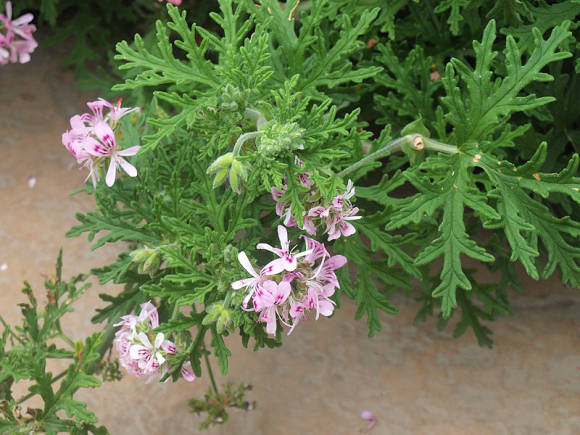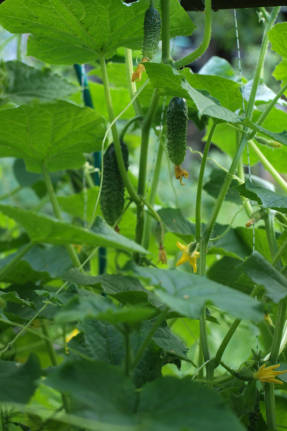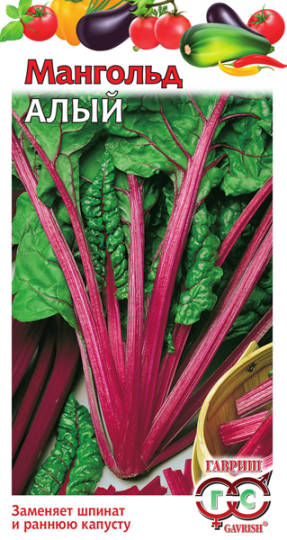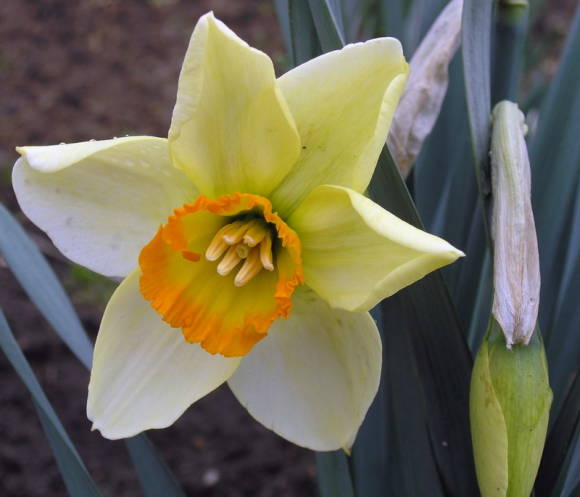
Oblique onion has many other names: vinegar onion, garlic onion, mountain garlic, etc. And its Latin name is Allium obliquum L.
This promising and relatively new type of onion used in floriculture is considered a fairly widespread plant in natural conditions. It occurs naturally in the mountain ranges of Central Asia, in the southern part of Western Siberia, in the Urals. Typical habitats are woodlands and steppes. Natural reserves of slanting onions are rapidly decreasing, and now they already need protection.
Botanists consider the slanting onion to be an ancient, relict plant that appeared in the pre-glacial period. Currently, this vegetable, ornamental and medicinal plant is successfully cultivated. It is considered one of the earliest plants to grow immediately after the snow melts. In places where it grows, this onion is actively collected by the local population.
Oblique onions in appearance, taste and aroma are very similar to garlic, but only of a larger size. It is a herbaceous plant with a single oblong-ovate bulb, reaching a diameter of 2-4 cm. The shells of the bulb are red-brown, attached to the vertical rhizome. The stem is rather dense, powerful, up to 150 cm high, covered with smooth vaginal leaves up to the middle.
Its leaves are long and flat, like those of garlic, up to 40 cm long and up to 2–2.5 cm wide, smooth along the edge. Like garlic, they gradually become narrower from base to top. They move away from the stem alternately, obliquely (hence the name), to the sides, just like in garlic. The only difference is that its stem is about 80 (150) cm high, and at the end of the stem there is a multi-flowered spherical inflorescence with an umbrella with golden fragrant flowers, in which the seeds ripen well. The fruit is a triangular capsule containing 3-5 seeds. Seeds ripen in early August.
Growing
Garlic onions are considered one of the earliest members of the onion family, since the first leaves appear immediately after the snow melts. Oblique onion is especially useful at the age of three, since it is at this time that it contains the maximum amount of nutrients. High-yielding culture, with 1 sq. m you can get up to 1.5 kg of leaves.
Of the slanting onion varieties, the Novichok variety is more often grown. This is a medium early versatile variety. The leaves are dark green, without wax bloom, up to 35 cm long, and up to 2.5 cm wide, i.e. they are very flat.
 |  |
Growing
The technology for growing slanting onions is not much different from the technology for growing other perennial onions. And although it does not differ in high demands on growing conditions, it is still better to grow it on fertile soils in well-lit areas.
Plots for culture are preferable sunny, with loose, light, fertile soils. Oblique onions are undemanding to humidity conditions. It should be borne in mind that with thickened plantings, the leaves become smaller, therefore it is necessary to regularly thin out.
The plot for growing ukun is prepared in the fall, bringing in 1 square meter for digging. meter 1 bucket of rotted compost, 1.5 tbsp. tablespoons of superphosphate, 1 tbsp. a spoonful of potash fertilizers, 1 glass of ash. Depending on the composition of the soil and its acidity, it is necessary to add lime and sand.
Sowing garlic onions is carried out in early spring or autumn under a shelter. Sowing in the winter gives good results. With spring sowing, the harvest of fresh and juicy leaves can be obtained only after a year.
As soon as shoots appear on the bed, the plants must be fed with urea (1 teaspoon per 1 square meter), scattered over the bed, sprinkled with warm water and be sure to spray with Epin Extra (1 ampoule per 5 liters of water) to increase resistance to stress situations.
And after 12-15 days after this, the plants must be sprayed with a solution of "Ferovit" (1 ampoule per 1.5 liters of water) to enhance the photosynthesis of plants.
In the first year of their development, plants grow slowly and form only 2–3 leaves 12–15 cm high. In the second year, the number of leaves increases, they are flat, 30–35 cm long. And in the third year, the plants form a flower arrow up to 85– 90 cm, on which yellowish flowers are collected in globular inflorescences.
Oblique onions are distinguished by their extremely high maturity. The leaves of the plant grow back in early spring, grow intensively almost until the end of June, then they slowly and gradually die off. Harvesting greens is carried out in the spring, cutting off no more than 60-65% of the leaves.
Ukun is usually grown in one place for 6–8 years. But it is advisable to reduce this period to 3-4 years, since then the plants become very thickened, and the yield is greatly reduced. At this time, they can be divided and transplanted to another site.
Food and decorative properties
Oblique onions are an excellent seasoning for meat dishes. It is widely used in salads, and can also be salted and used in canning vegetables instead of garlic.

Oblique onion is very decorative, moreover, it is an excellent honey plant. Golden-yellow ball-shaped umbrellas look great in live bouquets that can stand in water for up to two weeks. Oblique onions look great on the second line in flower beds or in group plantings on the lawn. The plant is also suitable for decorating rockeries and rock gardens.
"Ural gardener" No. 24, 2016









